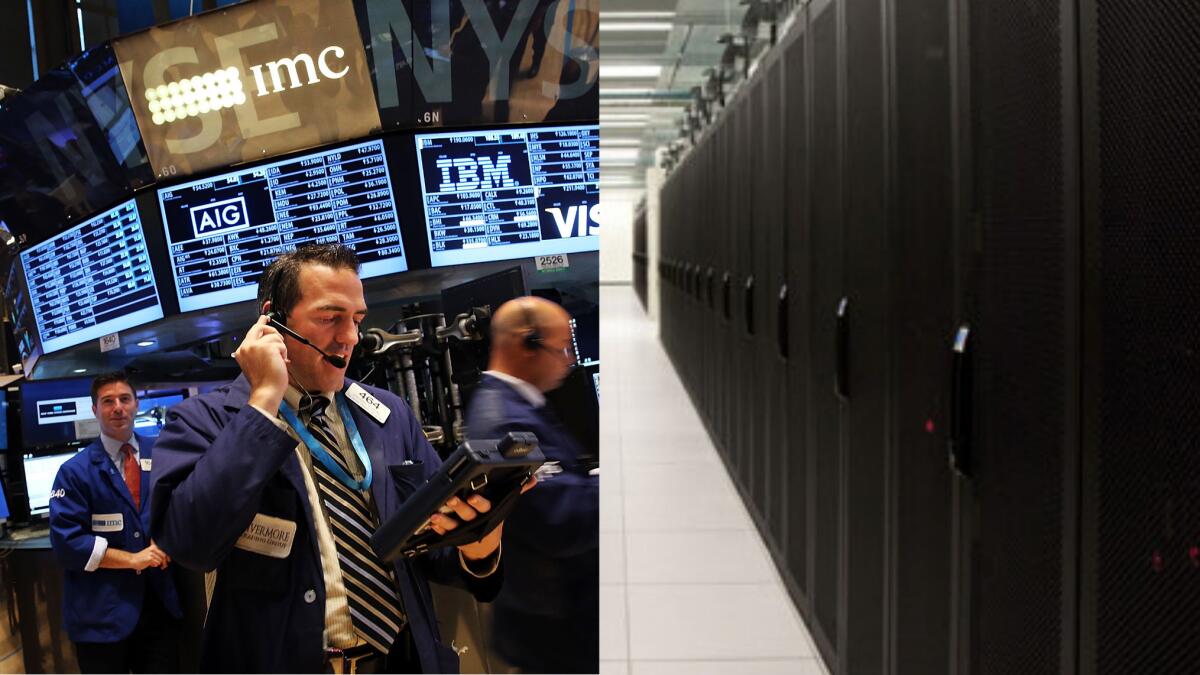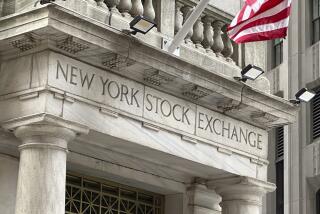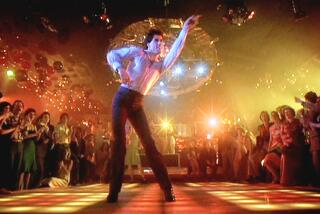End of an era: The NYSE floor isnât even good for PR photos anymore

The vast bulk of trading of New York Stock Exchange-listed shares moved away from the NYSE floor years ago, but the death knell for human-interactive trading may have been sounded recently when MarketWatch, a Dow Jones-owned news website, said it would no longer use photos from the floor to illustrate its market stories.
âThe Big Board is now little more than a Big Tent for a phony media circus of photo-ops and cable-news talking heads,â wrote MarketWatch editor Jeremy Olshan in the accompanying story. âP.T. Barnum couldnât draw the crowds Jack Ma did last month when he clanged the bell to kick off Alibabaâs IPO. The only things exchanged on the floor, however, were camera flashes, sound bites, and high-fives.â
Heâs mostly right. Shares actually traded on the Big Boardâs historic floor--actually three rooms, down from a peak of five, in and adjacent to the NYSEâs headquarters at 11 Wall Street--amount to perhaps 15% of the total, maybe less. The rest of the volume is handled electronically, much of it via computers housed across the Hudson River in New Jersey. Even a large portion of the floor-traded volume is essentially electronic.
That means those emblematic photos of floor traders cheering the market close on big up-days, or more memorably staring up at their screens in dismay and horror or slumped in exhaustion on crash days, are flatly misleading. CNBC opens and closes its daily market coverage with shots of the bell-ringing from the trading floor podium, but thatâs pure theater.
The role of the NYSE specialist, now known formally as a âdesignated market maker,â began to wane in the 1980s and all but vanished over the last decade. Specialists are--were--the floor traders vested with the responsibility for manually managing the ebb and flow of volume. Each specialist firm had a âbookâ of individual stocks, the bigger ones overseeing hundreds of issues.
Working as buyers to every seller and sellers to every buyer, these middlemen were expected to make sure that prices moved only incrementally from trade to trade, placing their own capital on the line to do so.
Iâve had a fascination for the tradition of specialists since 1986, when I spent weeks haunting the NYSE floor for a Los Angeles Times Magazine cover story about what was then a cadre of 420 brokers. (Itâs still a good picture of what the market was like then, if I do say so myself.) They were the human face of the global market, manhandling a trading volume that had reached a punishing 250 million shares a day. Volume in NYSE-listed shares today approaches 3.5 billion.
Even then, the specialists were fighting off predictions that their heyday had passed. Electronic order tracking had come in; it was only a matter of time before the majority of trades would be executed electronically.
Periodically the virtues of human intervention in this robotic market would resurface. Most notably this happened in May 2010, during the algorithm-driven âflash crashâ that sent the Dow Jones Industrial Average plunging 700 points in a matter of minutes. The forces of humanity had to step in to save the market. âPeople were running around like it was old days,â one floor broker told The Times.
But for the longer term the Big Board fought technology with new technology. Electronic circuit-breakers now exist to halt trading when various trigger points are reached. Mini-flash crashes are still common in individual stocks, but the circuit-breakers supposedly will stop them from cratering the market. Of course, no one will really know if theyâre foolproof until the next big crash happens.
MarketWatchâs decree underlines the inexorable trends that have both taken NYSE trading off the floor but reduced the New York Stock Exchange itself to merely another player in global stock trading. Goldman Sachs earlier this year placed its Spear Leeds & Kellogg floor trading unit up for sale for $30 million; it had bought Spear, Leeds, once the largest privately-held specialist firm, for $5.4 billion in 2000.
IntercontinentalExchange Group, which is based in Atlanta, bought the NYSE last year. As part of the $8.2-billion deal, ICE pledged to keep the floor operating; but the common wisdom on Wall Street--the state of mind, not the geographic location--was that the floorâs value was âvestigial,â chiefly as a PR asset. Now itâs barely that.
As for what this all means for the ordinary investor, the answer is: not much. Split-second electronic trading and flash crashes affect mostly institutional traders. Thatâs a business that individual investors shouldnât go near, because itâs not investing at all. As the specialist system has declined, so has the cult of the active money manager with the supposed skills to beat the market for clientsâ profit; heâs been replaced by the passive index fund, which serves buy-and-hold investors. If youâre a small investor trading in a way that price changes in the blink of an eye can affect your portfolio, youâre doing it wrong.
Keep up to date with the Economy Hub. Follow @hiltzikm on Twitter, see our Facebook page, or email [email protected].
More to Read
Inside the business of entertainment
The Wide Shot brings you news, analysis and insights on everything from streaming wars to production â and what it all means for the future.
You may occasionally receive promotional content from the Los Angeles Times.











